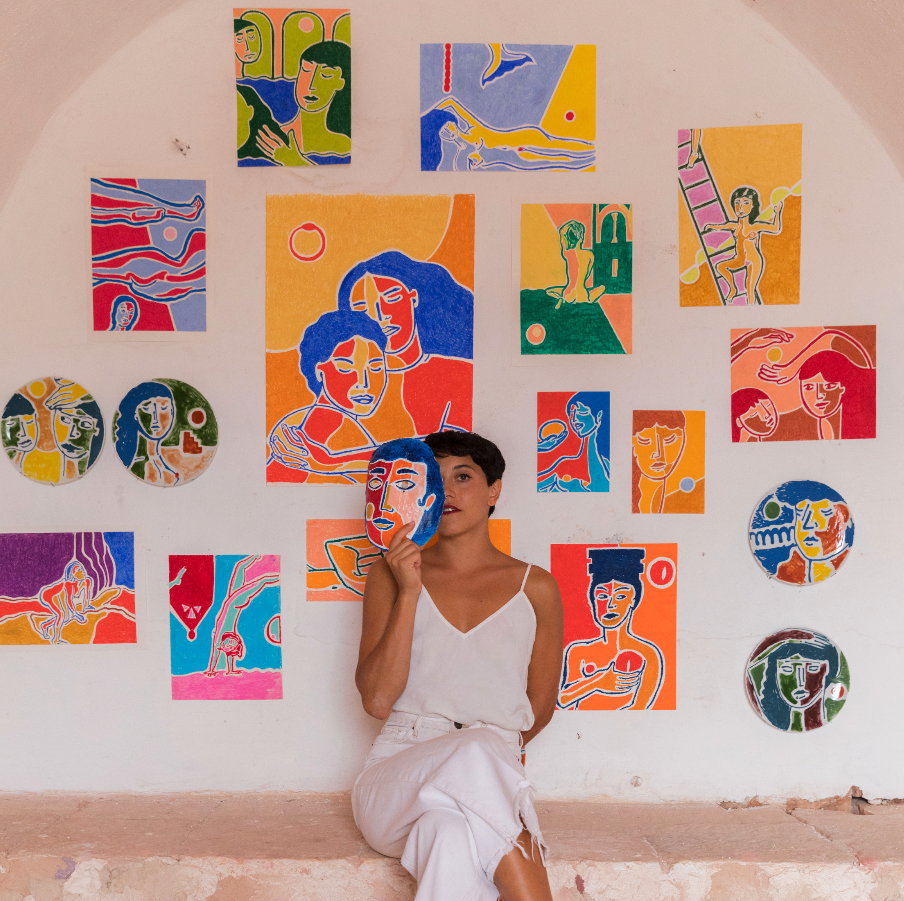
Ilaria Bianchi (Pisa, 1989) is a product and furniture designer based in Milan. She works for design studios, galleries, companies and private clients. She started her own practice in 2015, after her degree in Industrial Design at the Polytechnic of Turin, and an MA in Ceramic, Furniture and Jewelry Design at Central Saint Martins in London. Her work, which uses a multidisciplinary approach, ranges from industrial design, to unique pieces, to installations. It molds artisanal and technical techniques, studying design solutions with an analytical and critical perspective, and a strong focus on sustainability.
Her works are shown in galleries, cultural centers and international fairs such as the Victoria & Albert Museum, Triennale di Milano, Dimore Gallery( Dimore Studio), Building Gallery, Galleria Luisa delle Piane, Pad London, MiArt, Stockholm Design Fair, London Design Fair, Salone del Mobile and many others. Her Duo Shelf project is one of the WallPaper* 2018 Design Award winners. In 2017 Ilaria is selected as one of the 100 “ambassadors of Italian design”, for the Italian Design Day event promoted by the Ministry of Foreign Affairs; she’s also included in the “Under 35 Italian Design” exhibition at Triennale di Milano. In 2016, she founds The Ladies’ Room collective with Agustina Bottoni, Astrid Luglio, and Sara Ricciardi. Their work began as a co-operation for observing contemporary design by creating artifacts and experiences, that are the engine of discussion on the renewed need for sensory involvement. Their project, Fènomena, was selected as one of the 40 best exhibitions of Fuorisalone 2018 by the scientific committee of the Milan Design Award.
INTERVIEW
1. What is your main source of inspiration?
I have an analytical and critical approach to design, which I see as a mean that not only solves problems but also create them. Each of my projects is a consequence of a deep observation of reality and everyday life. I’m inspired by political and social dynamics, by history and heritage, processive methods of productions.
2. How would you describe your approach?
I believe that in this critical historical moment design has a crucial role in performing sustainability, that can have many interpretations, starting from focusing on the reuse of materials to a reflection on the anthropological meaning of objects. I see design and uses it especially as a way to investigate reality, producing items that question our society and proposing new ways to generate innovation and positive changes.
3. When did you know you wanted to be a designer?
I always believed in animism, things are the flesh of the world, they act, signify and speak. As a child, the egg cup was the first adult object, and not directly playful, which aroused in me a real emotional detonation. I started collecting egg-holders before that dolls or anything else. Since than I always been fascinated by the magic behind every day life things and following this intuition I started to design my own reality.
4. What is your favourite object?
Again, egg holder, for the history behind it.
5. What is your dream project?
Travelling again
6. What do you feel are the biggest challenges for designers working today?
I believe that in this critical historical moment design has a crucial role in performing sustainability. This has many interpretations, starting from focusing on the reuse of materials to a reflection on the anthropological meaning of objects. I think design must be multifaced, comprehensive and collaborative, building the basis for a deep reading of the problematics threatening of our planet, but that also stimulating an appreciation of the system in which we live and operate. It is important to promote interaction between disciplines and to lead technology towards society, design can inspires solutions and collaboration that encourage audience to take notes of things that really matters.
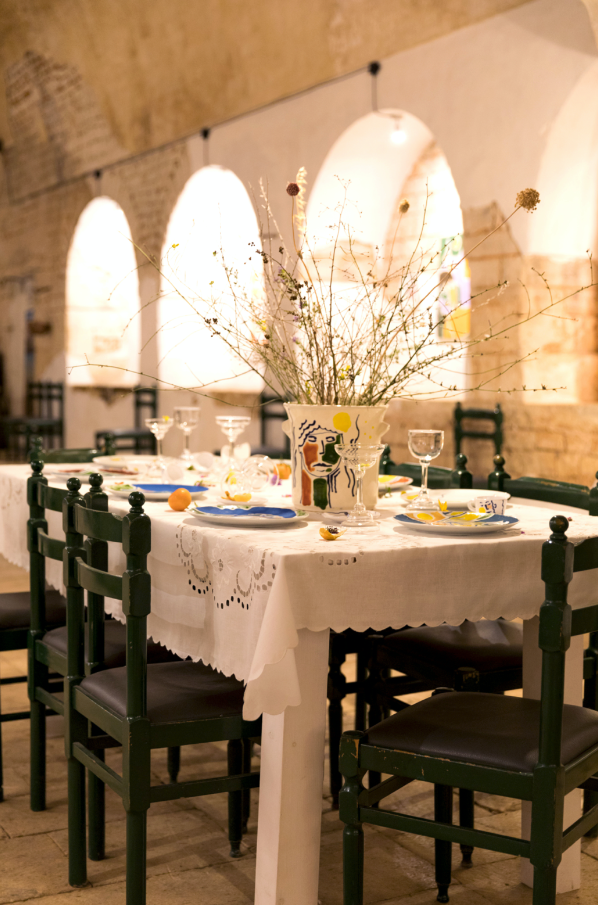
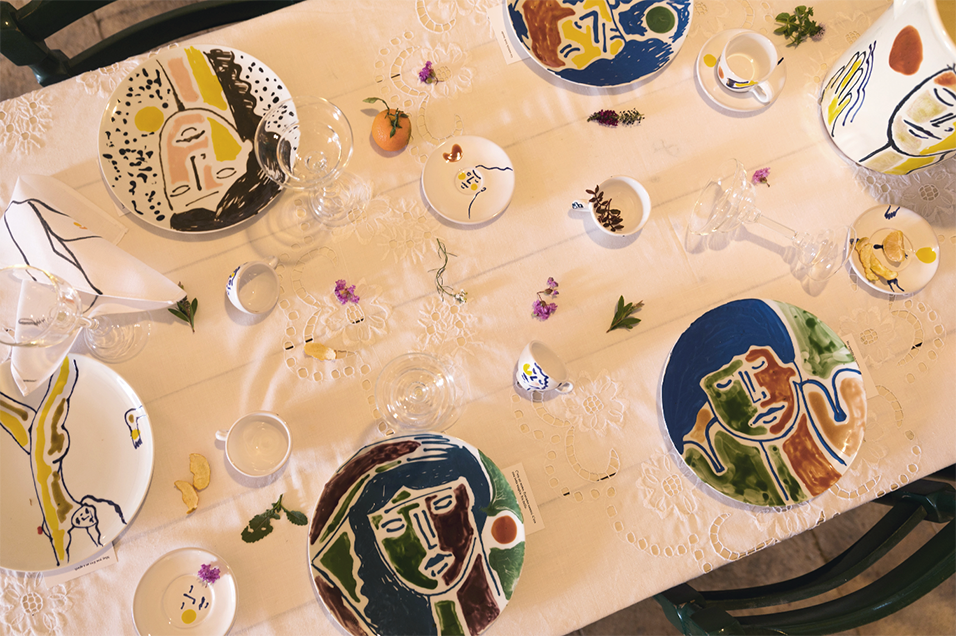
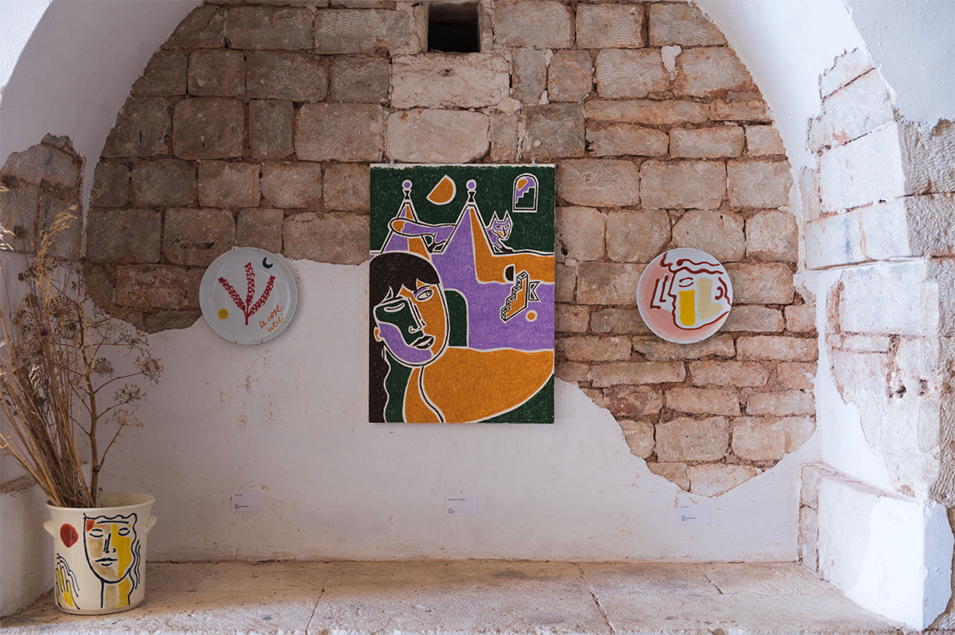
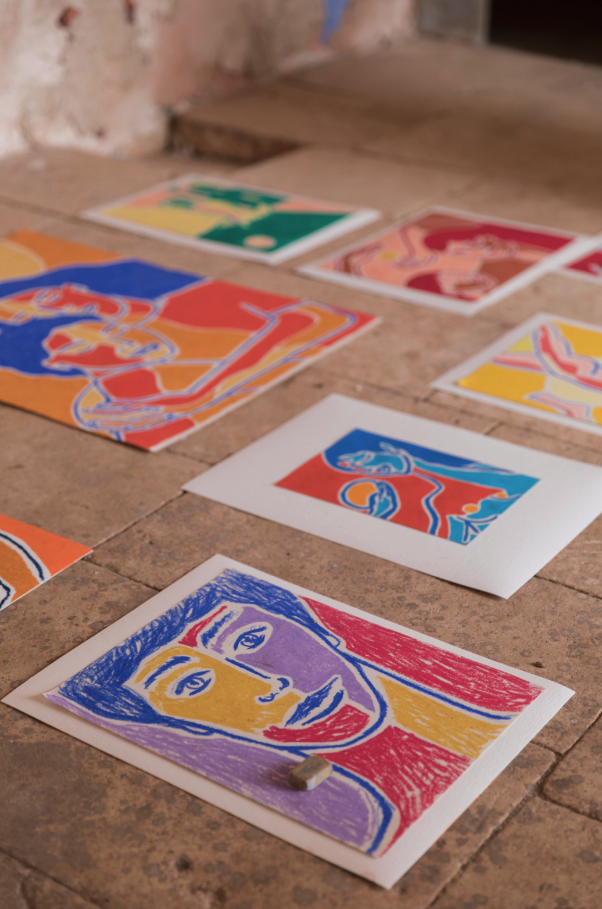
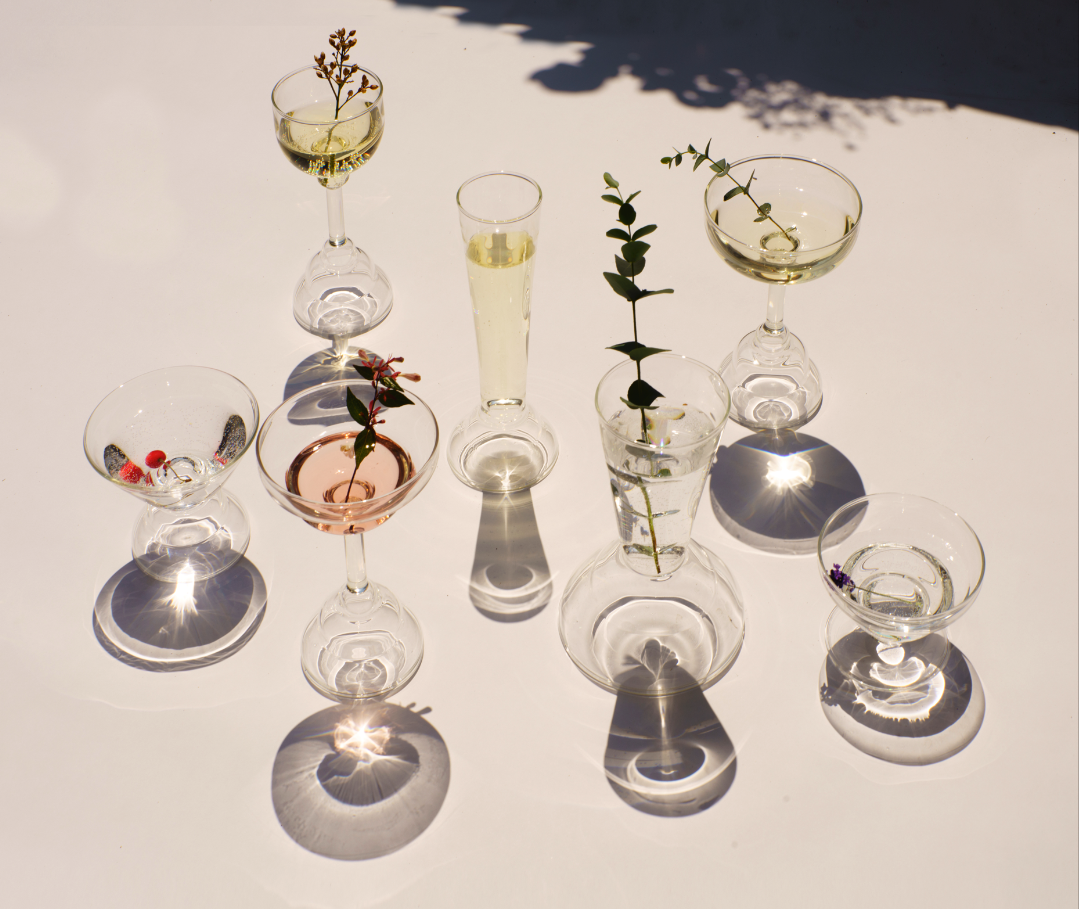
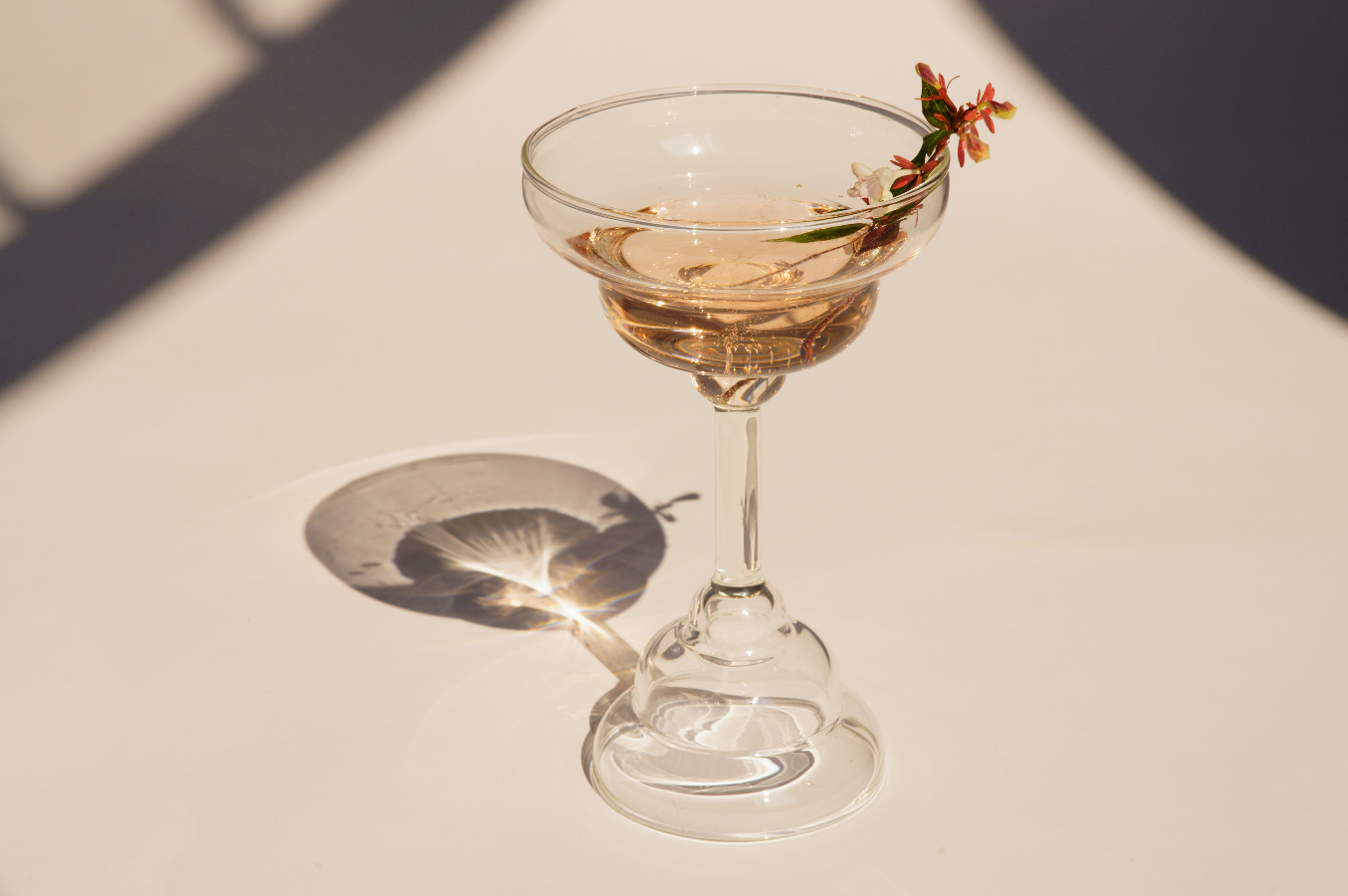
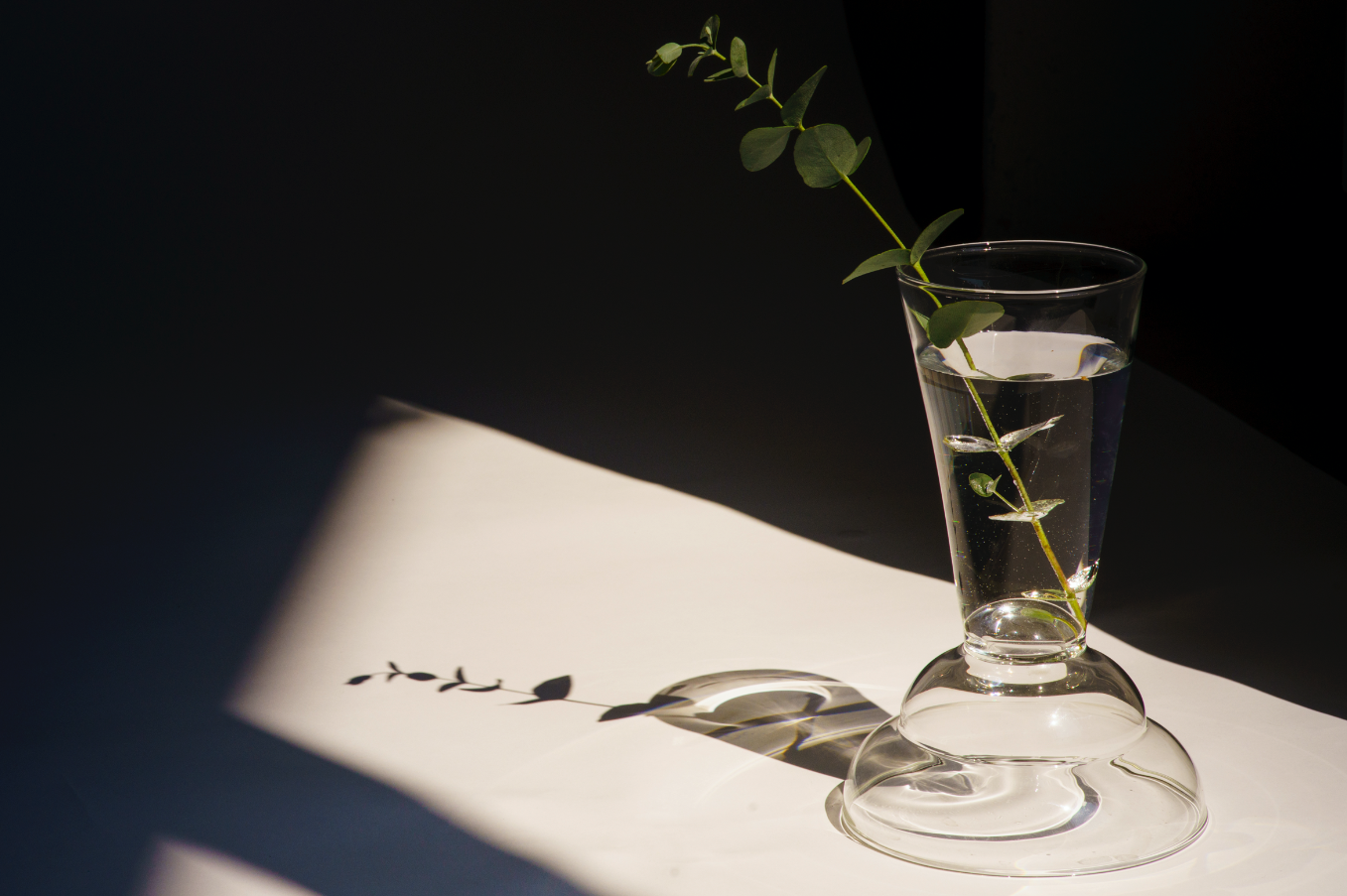
ILARIA BIANCHI OFFICIAL WEB SITE
